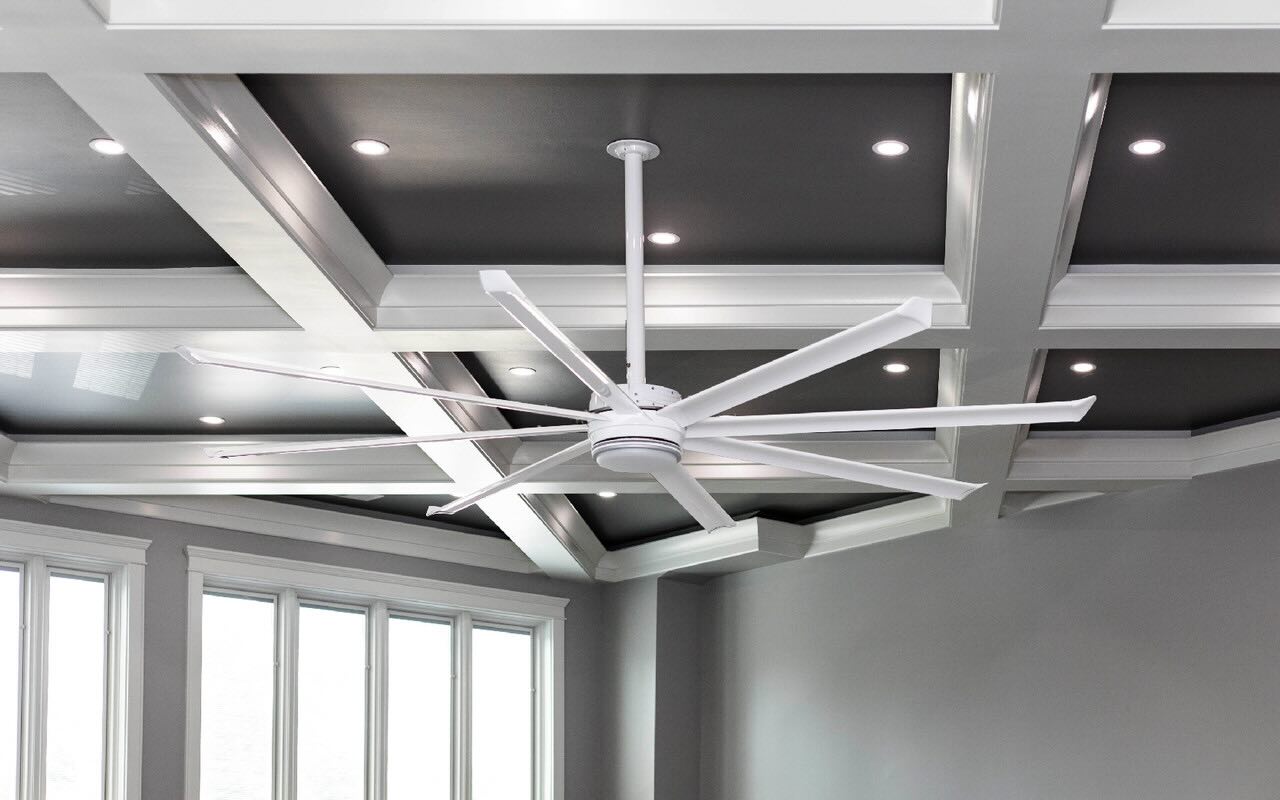People love ceiling fans for their ability to keep us feeling cool and save money over the high costs of air conditioning. Ceiling fans have a lot to offer—if you know how to use and care for them properly.
One of the more common questions we get about these devices is about ceiling fan direction. Is it clockwise in winter and counterclockwise in summer? Does it really matter? Our airflow experts weigh in—and their answer may surprise you.
Does Ceiling Fan Direction Matter?
Did you know that ceiling fans don’t actually cool the air? Instead, they create a steady breeze known as a “wind chill effect.” The movement of air created by the fan can make a space feel cooler than the actual air temperature. The moving air evaporates sweat from your skin more quickly, which cools the body. A ceiling fan creates a kind of microclimate around you by increasing air circulation and evaporation, making you feel more comfortable even when the temperature remains the same.
When a room gets hot, the air in the room stays hot—unless some kind of pressure is introduced into the room to circulate the air. When a ceiling fan moves at higher speeds, it creates a forceful downdraft that pushes the warmer air back toward the ceiling. (Hot air rises; it’s how hot air balloons work.) However, a larger fan (with longer airfoils) moving at a slower rate achieves a similar result through a process called destratification. A ceiling fan rotating slowly in its standard direction (counterclockwise) works to mix these layers of air, creating a more even temperature throughout the room. Meanwhile, the fan’s gentle breeze helps keep occupants feeling cooler when the temperature is high.
So, do you need to change your ceiling fan direction between hot and cold weather? Ultimately, no. With the right fan operating at a lower speed, you can keep your thermostat at a lower, more cost-effective setting—saving a significant amount of money on your utility bills over time.
Ceiling Fan Speed: Finding the Right Balance
While a higher fan speed might seem ideal on hot days, it’s not always the most efficient option. Here’s why:
Higher Speeds
While they may create a stronger, more forceful breeze, higher speeds can be noisy and use more energy. The strong breeze from the fan’s wind chill effect can feel uncomfortably cold for some people, and the constant gust can be disruptive if you’re using paper or other lightweight objects.
Lower Speeds
Lower speeds give you a gentler airflow that’s quieter and uses less energy. The ideal speed depends on your personal preference and the size of the room, but for most situations, a lower speed setting still provides the comfort you need while using less energy.
Choosing the Right Ceiling Fan for Your Needs
If you’re in the market for a new ceiling fan, there are a few factors that can impact the effectiveness of your fixture, including room size, ceiling height, room layout, local climate, and, in commercial or industrial settings, the type of equipment inside. You’ll also want to consider features like speed settings, lighting, remote control functionality, and sensors that monitor temperature, humidity, and motion.
Better yet, take advantage of Big Ass Fans’ free airflow analysis. We measure your space and use our proprietary SpecLab® computational fluid dynamics software to create a visual simulation of how our fans will direct air circulation through your home or commercial building. We’ll match your needs with one (or more) of our ceiling fans to help you achieve optimal airflow in your space.
Contact the Airflow Experts at Big Ass Fans Now


